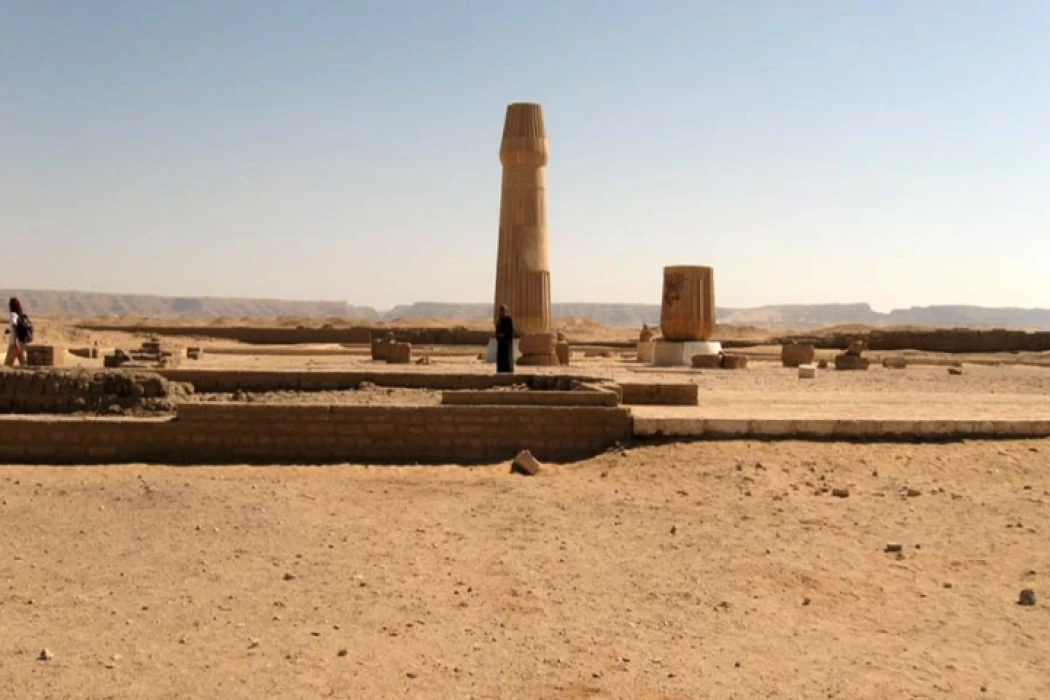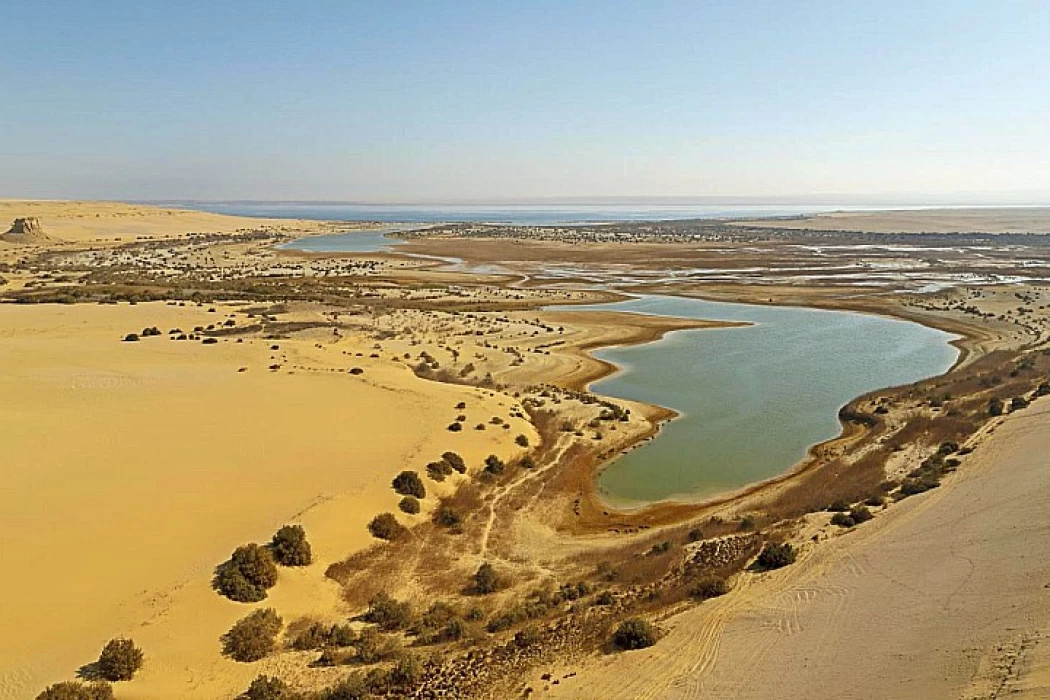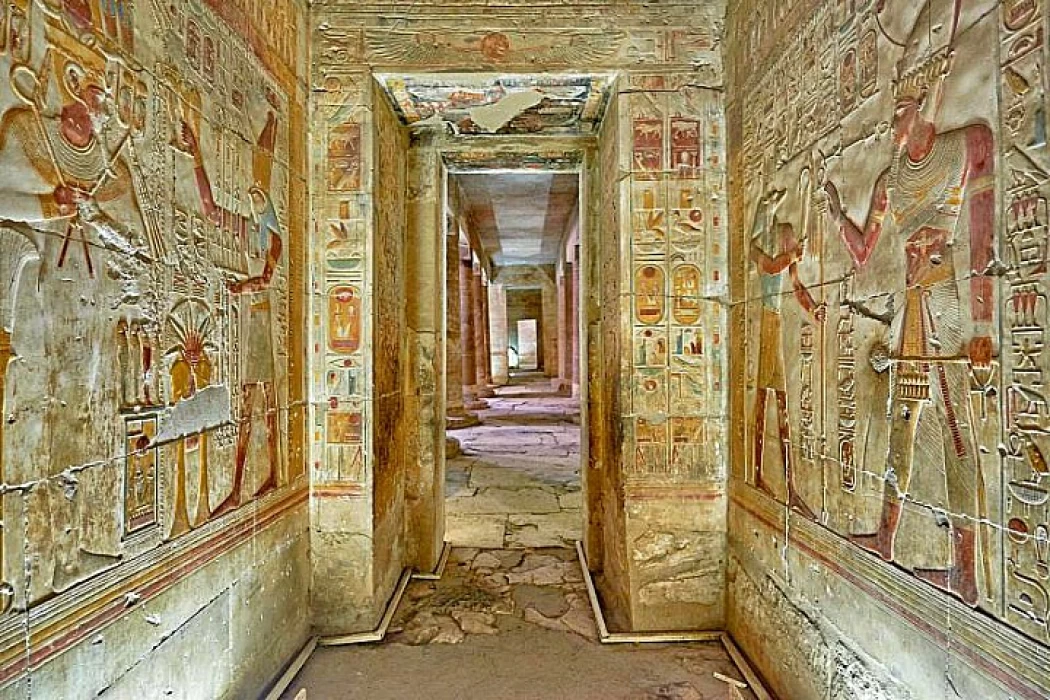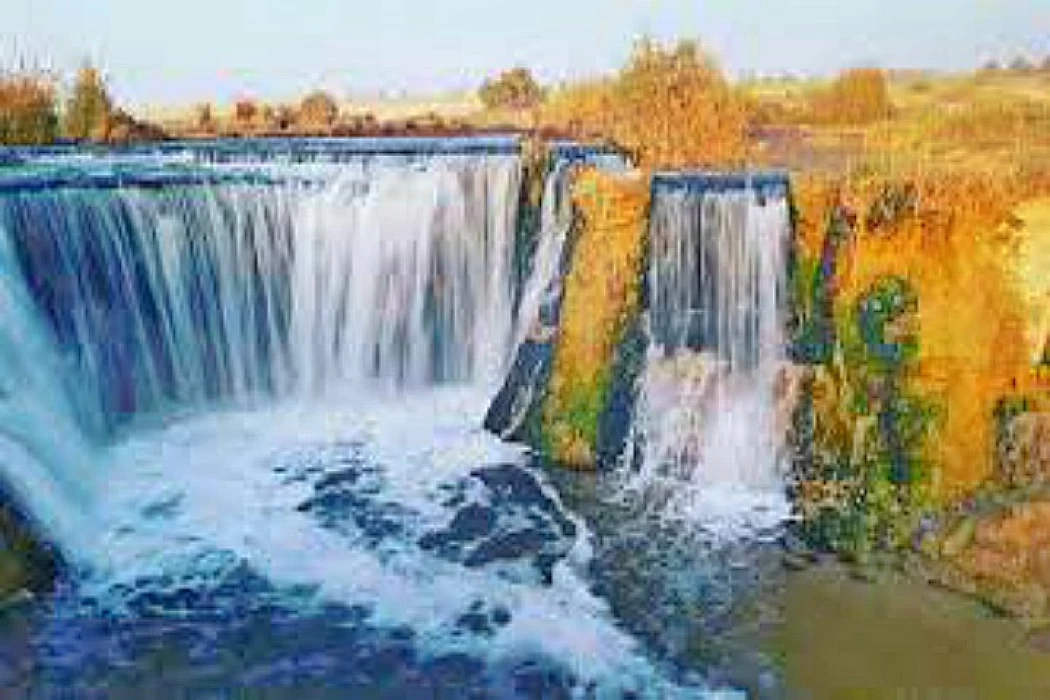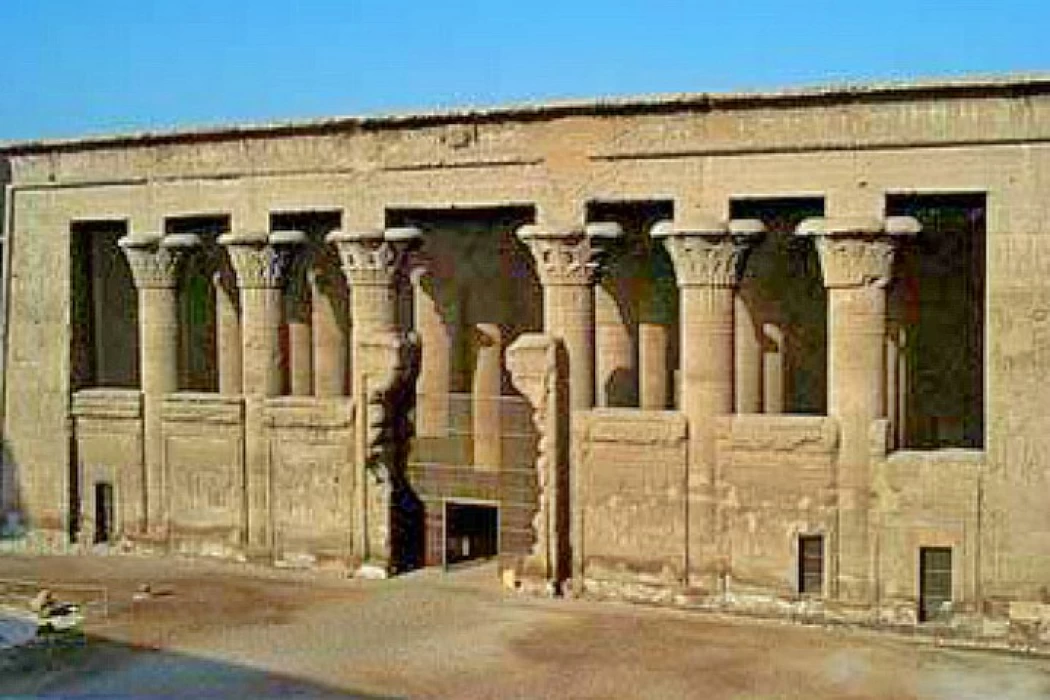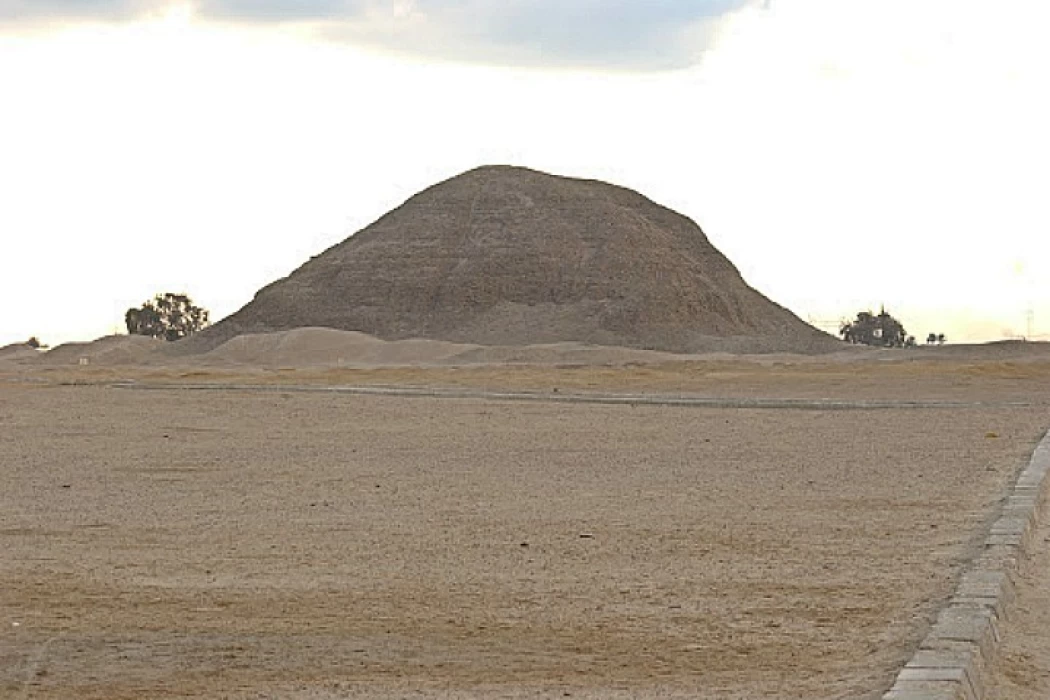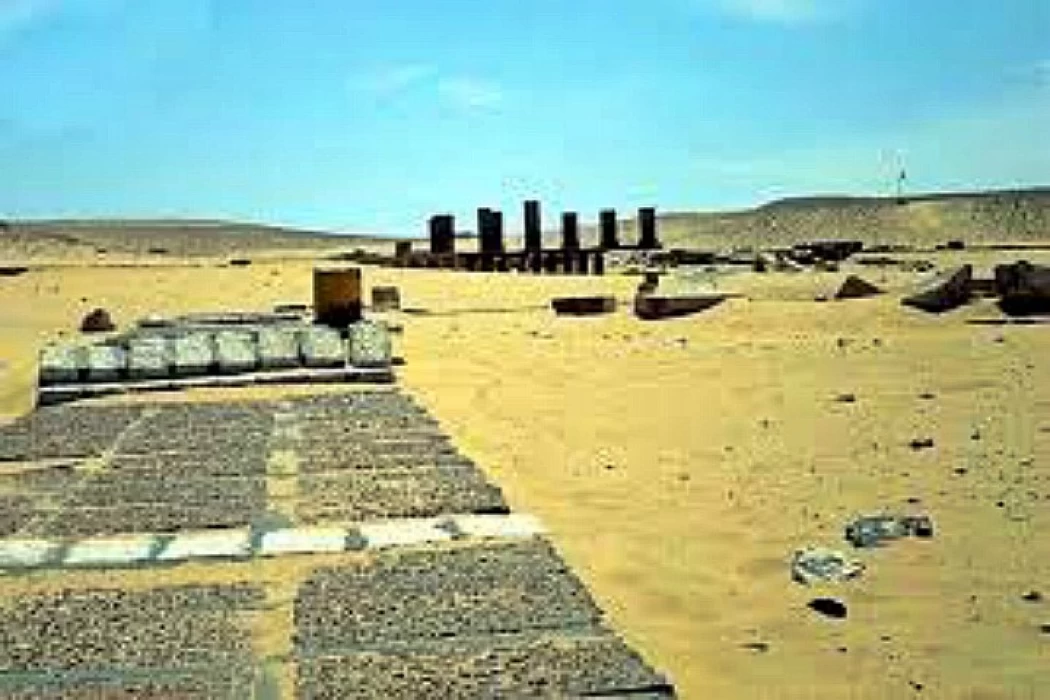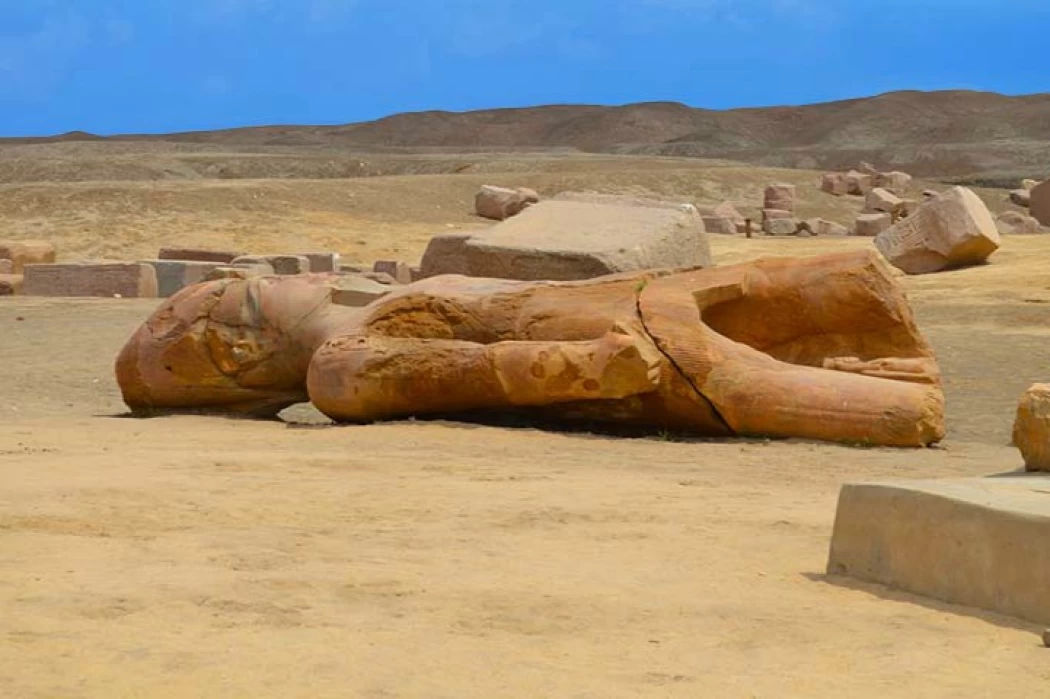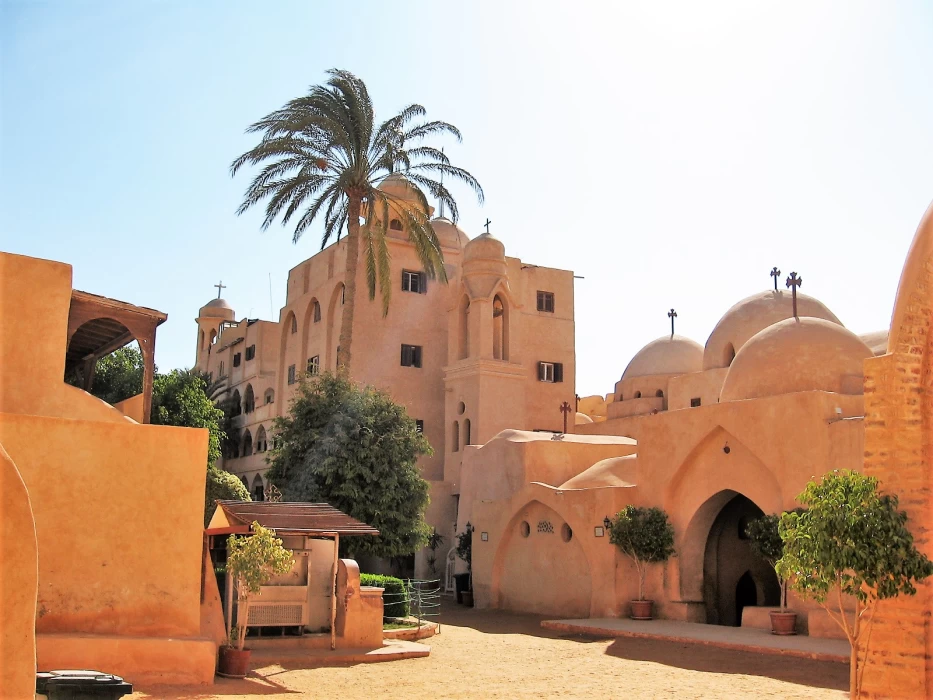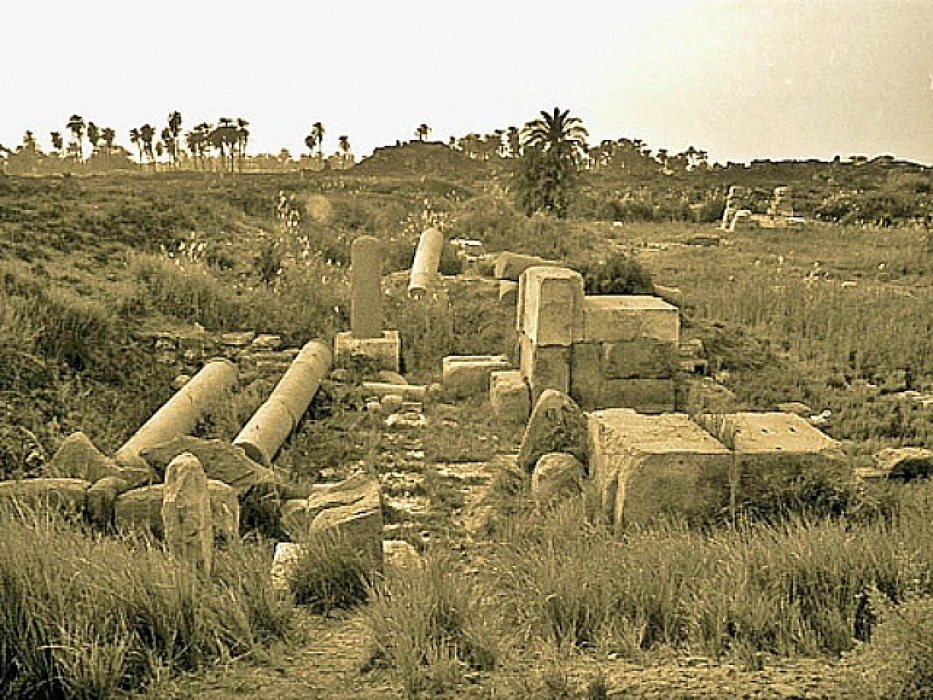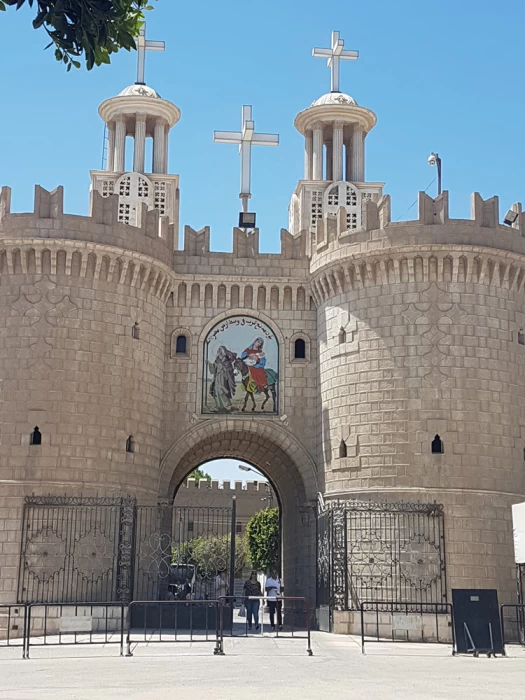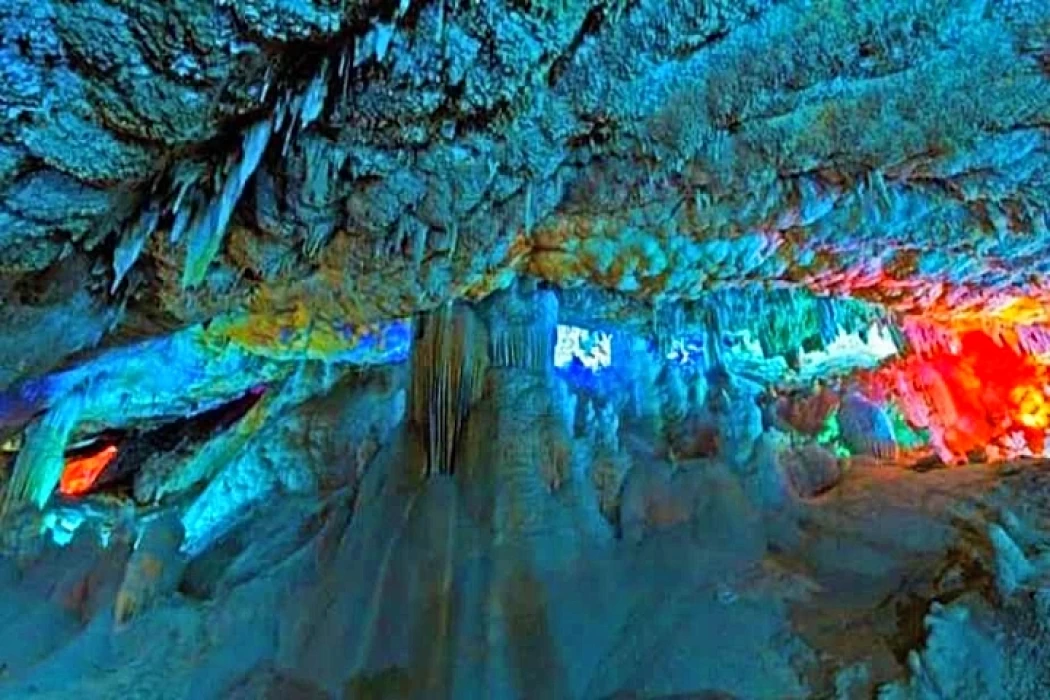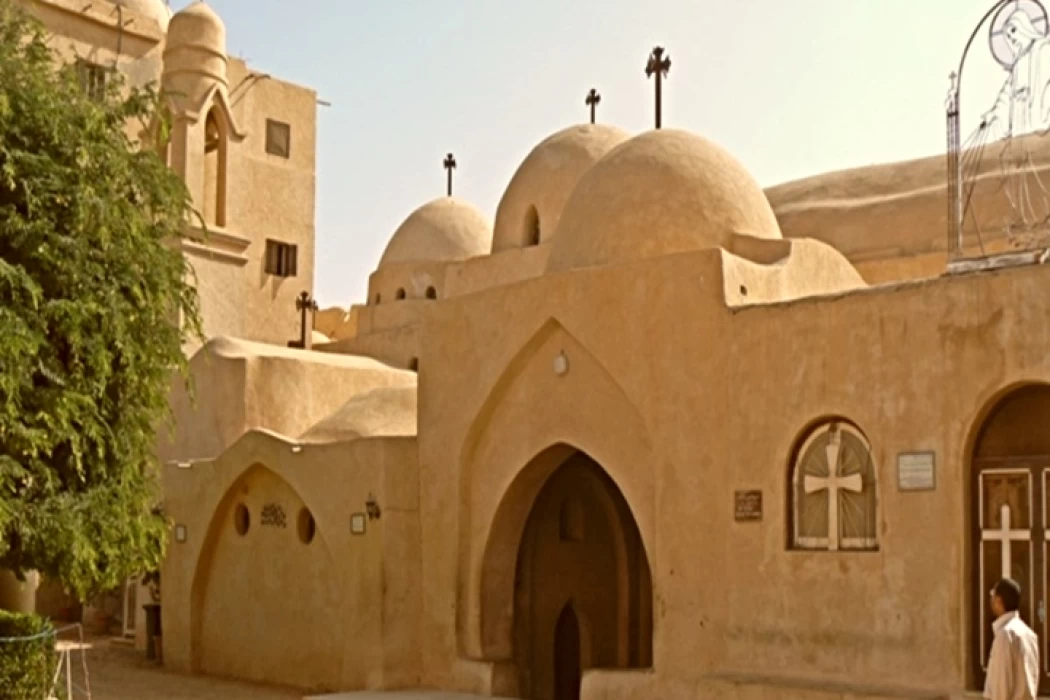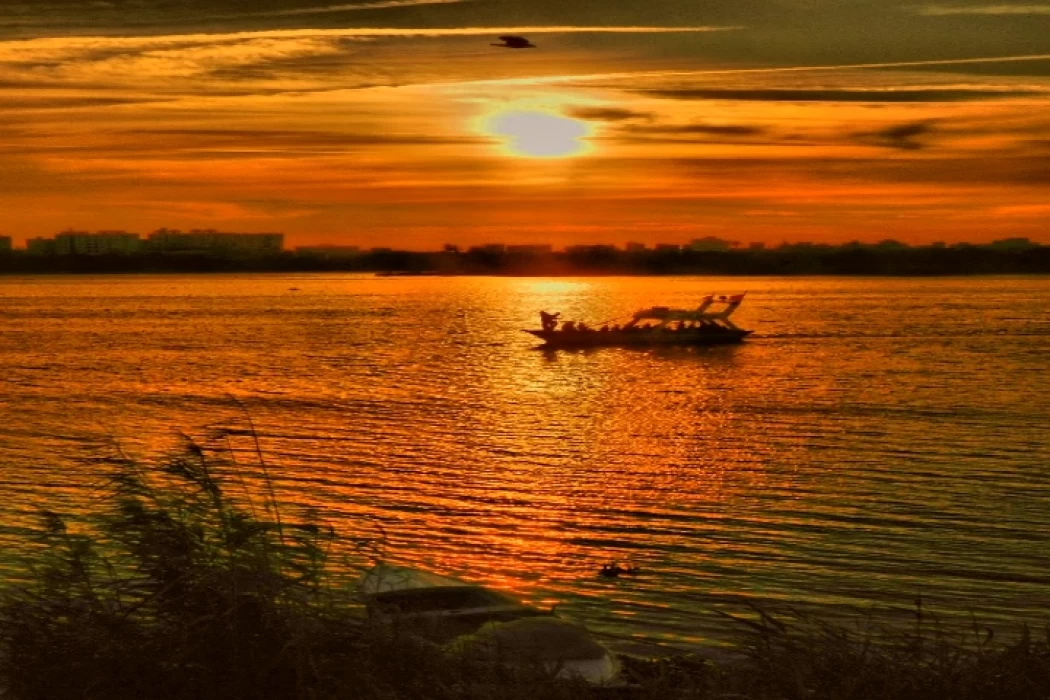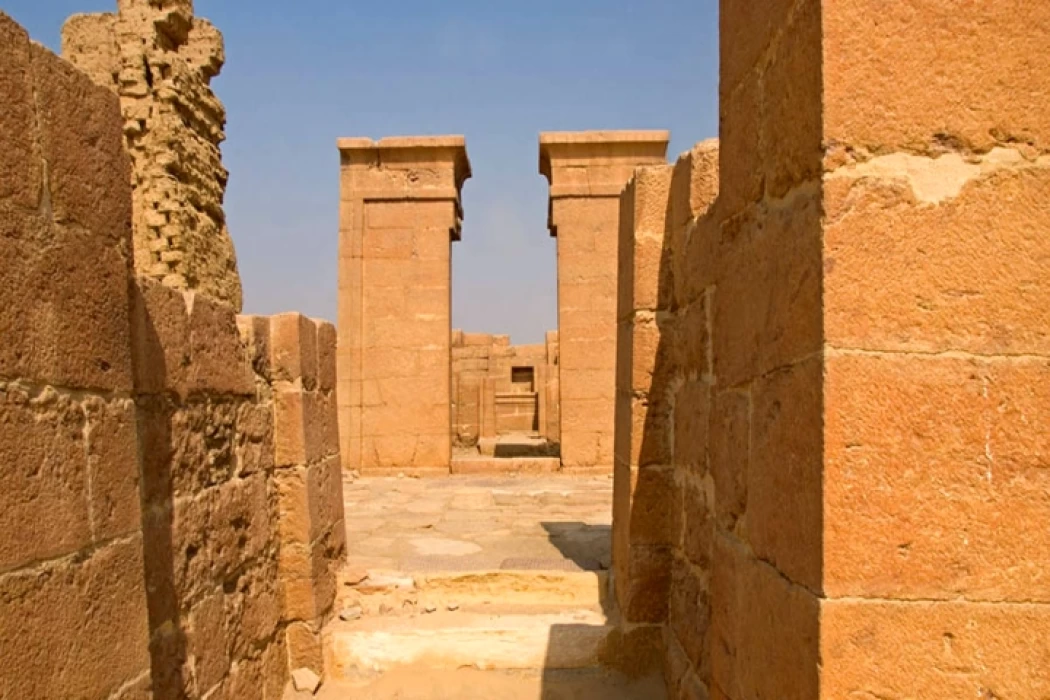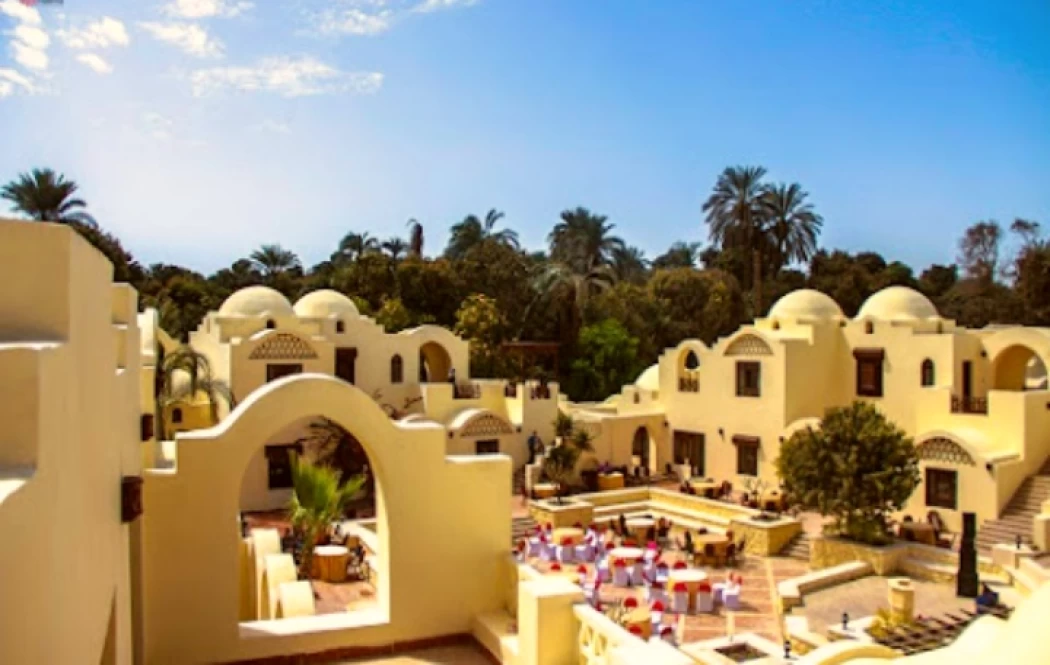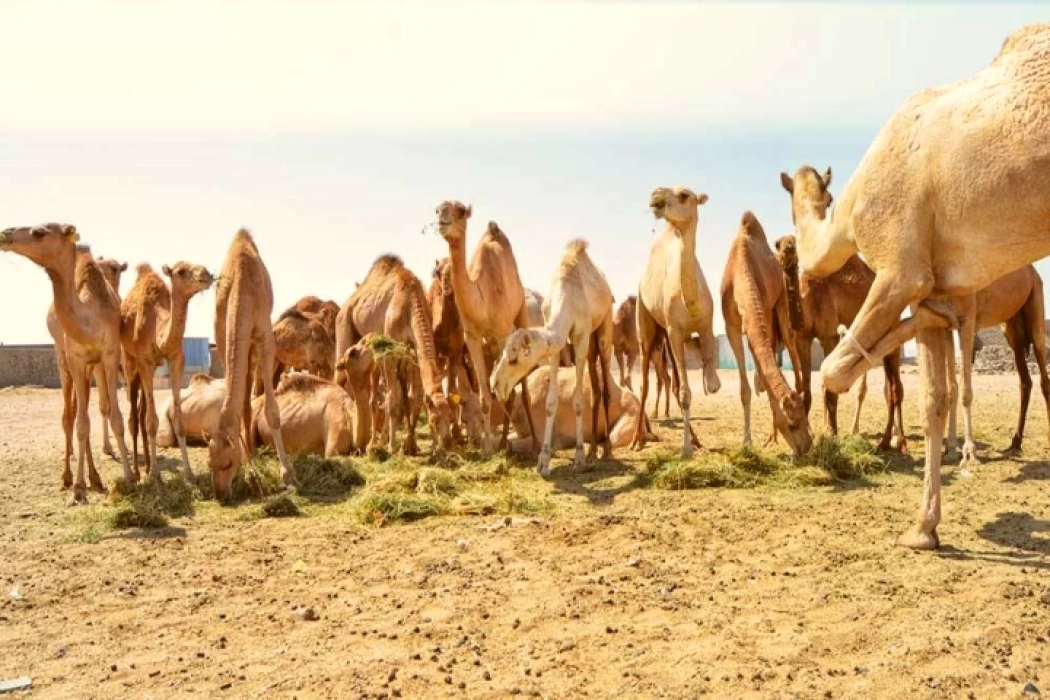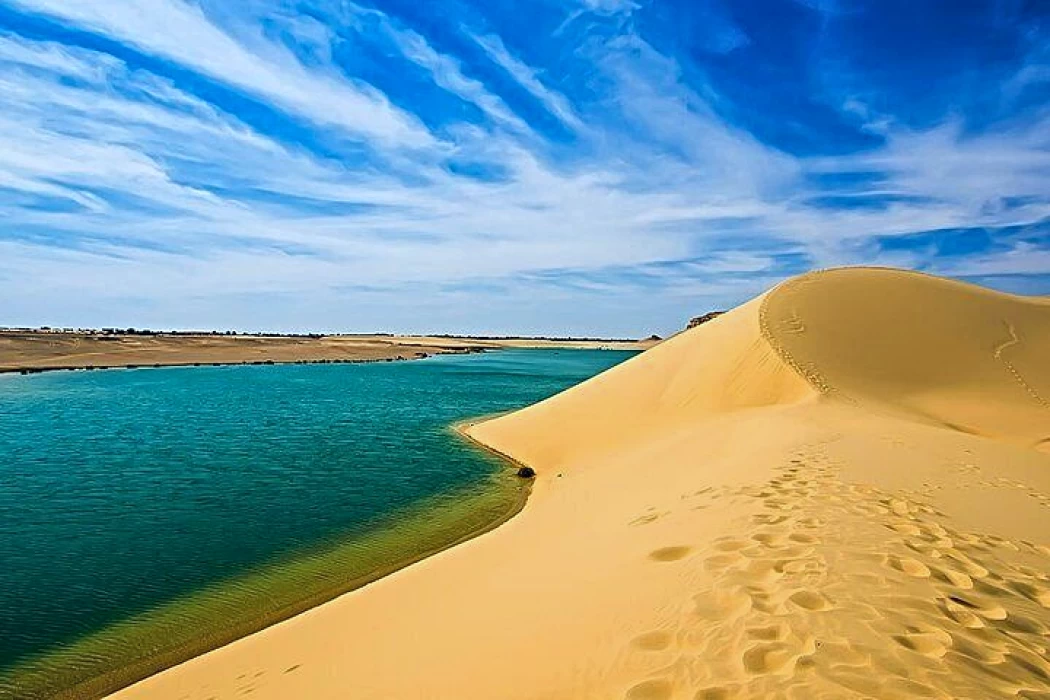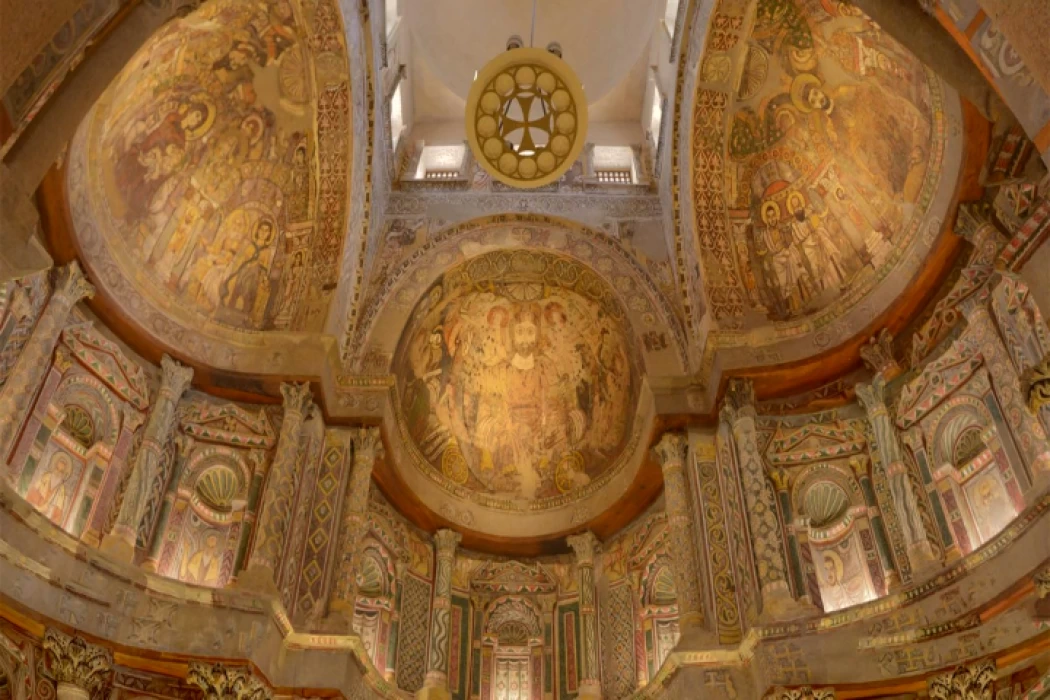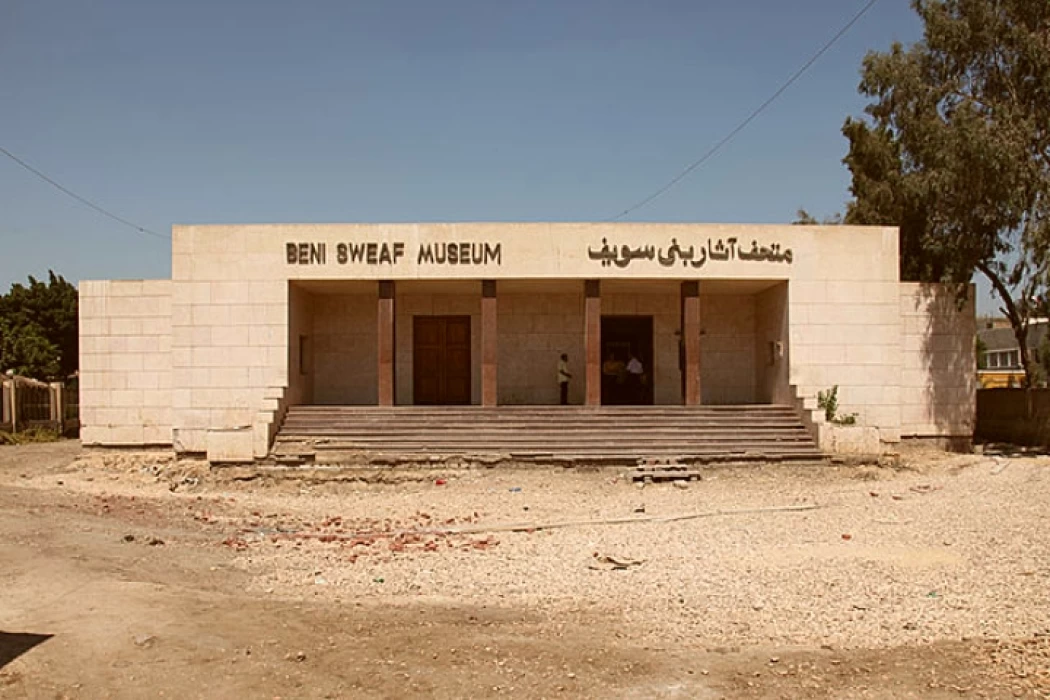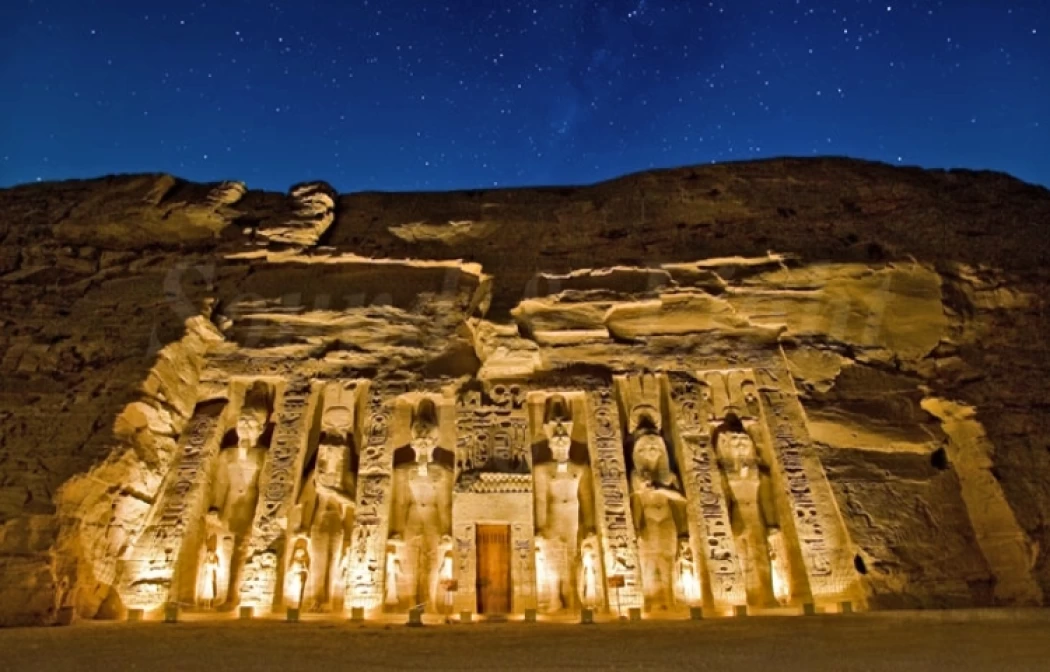Admin
Al-Minya, also known as Menia or Minia, is the capital of the governorate of the same name, on the west bank of the Nile River. This city, located 225 km. south of Cairo is called by the locals the Bride of Upper Egypt because it is right on the border between the kingdoms of Upper and Lower Egypt.
Admin
Abydos Temple of Osiris
The temples of Abydos were the center to worship of many Gods, and those temples are famous for the number of tombs that were founded in 1895 AD, which are to the first and second dynasties. So that has some differences in its architectural design.
Admin
Wadi El Rayan Nature Protectorate in Faiyum | Waterfalls in Wadi El Rayan
The Wadi El-Rayan reserve is one of the most important nature reserves in Egypt after the Ras Muhammad, St. Catherine, and Elba Mountain reserves. The Wadi Al-Rayan lakes have an area of approximately 45,000 acres and are three lakes that are visited by thousands of visitors from all over the republic, especially because of their importance.
Admin
Beni Hassan Tombs in El Minya city
Beni Hassan Tombs in El Minya city The Bani Hassan area, south of Minya, is one of the most important archaeological and tourist areas in Upper Egypt. It is an archaeological area containing an ancient Egyptian cemetery. It is located 20 kilometers south of the city of Minya, in the area known as Middle Egypt, which extends between Assiut and Manf as "Mit Rahina".
Admin
Temple of Khnum at Esna
The temple of Khnum in the city of Esna, south of Luxor. It is the only one remaining in its state of the ancient temples of Esna, which exceeded the number 4 and is considered one of the most important tourist destinations for its uniqueness.
Admin
The Hawara Pyramid Archaeological Site
The pyramid of Hawara, southwest of Cairo, is a pyramid built by the pharaoh Amenemhat III after the collapse of his first pyramid, which he built at Dahshur. This pyramid was also built with mud bricks and then clad from the outside with limestone.
Admin
Tuna El-Gabal Village
sand hid their features and the air temperature affected the walls of their houses, which seemed to be about to collapse completely. It is the village "New Tuna Al Jabal" in southern Minya, a dream that sank into the desert sands, so passersby in the city of Mallawi, south of Minya Across the road from the western desert, sees it as if it were buried in the sand.
Admin
The Ruins of Tanis in Egypt
At the northeast end of the Nile Delta the ruins of Tanis rise. Because it is more than 70km from the already far-off Zagazig it is a little exploited place for tourists. Tanis has returned to one of the most remarkable treasures of Egyptology as a very important burial site of the last centuries of Pharaonical civilization. Cairo Top Tours is more to discover!
Admin
Monastery-of-Baramus-in-Wadi-El-Natrun
In the Al-Natrun riverbed, there is one of the most famous regions in Egypt related to Christian monasteries, the "Al-Baramus" Monastery. Discover this historic and Coptic site with Cairo Top Tours.
Admin
Hermopolis (El-Ashmunein)
The Ministry of Antiquities was recently founded in Ashmonin, one of the Egyptian Ancient City and capital of the Upper Egyptian areas a former Cemetery that included a group of burial wells dating back to the late Pharaohs and early Ptolemaic eras.
Admin
Deir al muharraq monastery
The Monastery of the Virgin "Deir Al Muharraq" in Assiut Governorate is considered one of the most important Christian monasteries and shrines and Egyptian Coptic monuments. The Holy Family came to it during their flight from Palestine to hide from the oppression of King Herod, who sought to kill Jesus, and among the most outstanding information about the monastery:
Admin
Sannur Valley Cave Protectorate | Beni Suef
Sannur Valley Cave beni suef is one of the most important natural protectorates in Egypt, especially for its proximity to Cairo, and it has a long history. The cave may have been the result of chemical reactions of groundwater under the surface of the earth and its mixing with limestone, since the Eocene era, that is, 40 million years ago, and these interactions have produced Alabaster marble, the finest marble in the world, which is used in the manufacture of ornamental utensils.
Admin
The Monastery of El Suryan | Deir Al-Surian Cairo Attractions
it is found 1640 feet northwest of Deir Anba Beshoy. United Nations agency engineered it? it had been conjointly engineered by St. Beshoy within the sixth century, tho' some would possibly date it later. Why was it engineered? it had been built to be dedicated to Virgin Blessed Virgin. Explanation: it's a stimulating cave wherever St. Beshoy is alleged to own prayed along with his hair tied with a series to the roof to forestall him from sleeping. The religious residence was noninheritable by Syrian monks for a while, this can be why it gained its fashionable name "Al-Suryan" which suggests (the Syrians). The name is shortened from the monastery's long name: "Monastery of Saint Blessed Virgin Blessed Virgin the girl of the Syrians."
Admin
Temsah Lake | Crocodile Lake Egypt
Lake Timsah additionally called crocodile Lake is a lake in Egypt on the Nile River delta. It extends from the sea to the Gulf of the Suez through the Bitter Lakes region.
Admin
Karanis Site Museum | Karanis Open Air Museum
Kom Ushim museum or karanis is found thirty kilometers north of the town of El-Fayoum. It provides the traveler with a glimpse into the everyday Graeco-Roman life. the little deposit homes a number of the things found within the ruins of ancient Karanis.
Admin
Ain Seleyin Fayoum Governorate Attractions
Ain Seleyin is easy to be reached. it is a small area but considered to be one of the important tourist attractions in fayoum. it is favorite pleasure park for school and university bus trips from Cairo and many other parts of Egypt. on certain dates, the park can be overwhelmed with kids from across Egypt.
Admin
Halayeb And Shalateen Egypt
The demarcation of Halayeb and Shalateen happened when Egypt and Sudan were under British occupation. On January 19, 1899, Egypt and the United Kingdom signed the Sudan Accord.
Admin
Fayoum Magic Lake
It is located in the middle of the Fayoum desert, next to ''Lake Qarun'' which is famous among Fayoum's tourist and archaeological landmarks. Surrounded by high mountains and sand dunes, The lake's water is fresh and its main source is unknown, so it has been called the magic Lake, and it is a magical spot in the middle of the full desert between the mountains.
Admin
The Red Monastery in Sohag | The Monastery of Apa Psoi
The Red Monastery was established by Anba Beshai in the early fourth century AD. He used red bricks as a basic material in its construction, so it was called the Red Monastery. He also used white limestone and some columns of pink and black granite.
Admin
The Beni Sueif Museum
The Beni Suef Archaeological Museum is located in the heart of the city of Beni Suef, the capital of the governorate, which witnessed the presence of some very important archaeological periods in the history of Egypt. Also, that governorate still maintains the presence of many of the most important ancient and very important archaeological sites, such as Ihnasia, Meidum, as well as Al-Raqqa, Al-Dashshah, and the Abusir archaeological area of Al-Malaq.
Admin
The Nile Valley civilization
According to the official history of a 3rd century BC priest, a king named Menes united the various kingdom of the Nile Valley civilization for the first time under one government around 3100 BC, beginning what archaeologists refer to as the Early Dynastic Period (3050—2686 BC).
